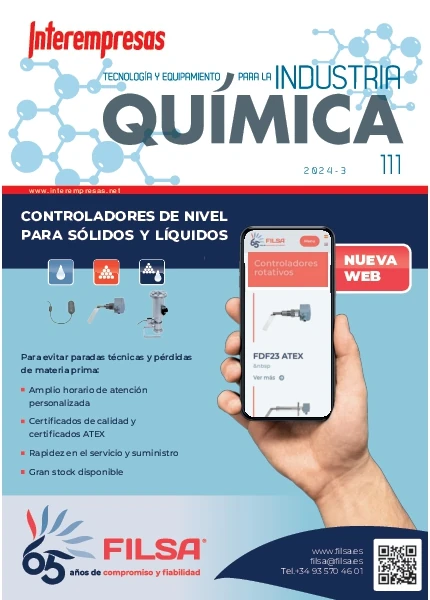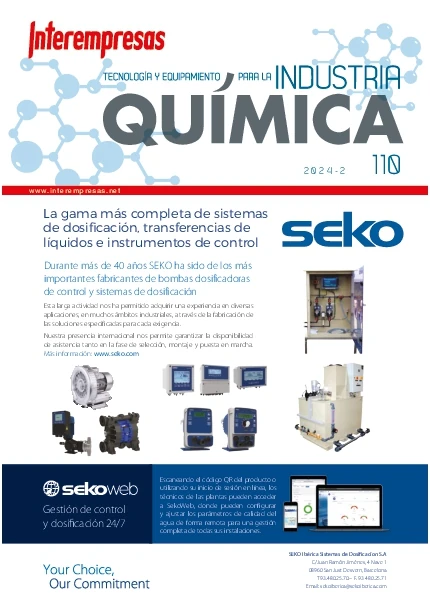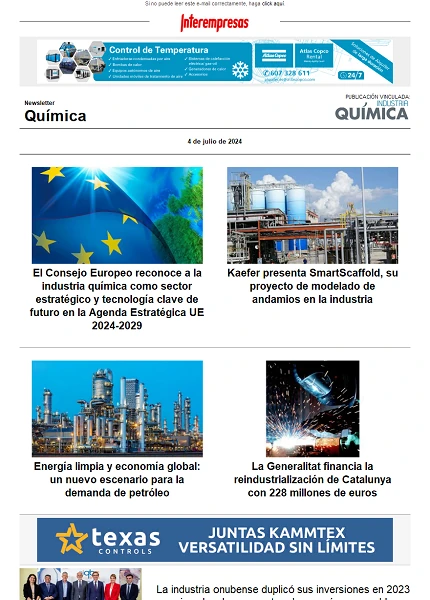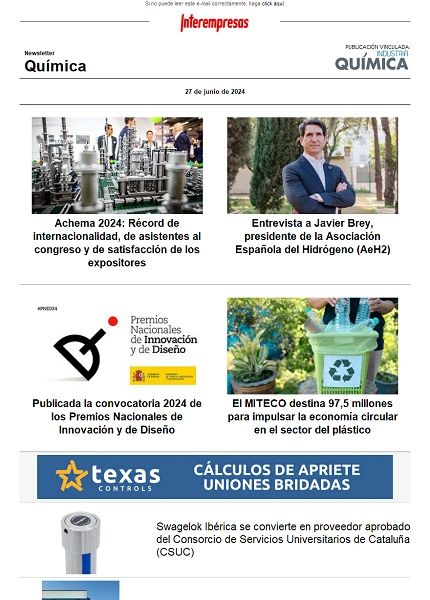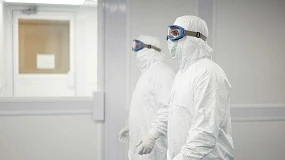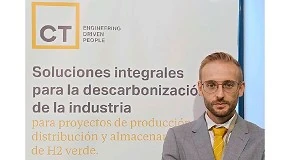Interview to Felipe Gómez, researcher of the Centre of Astrobiology
16 January 2012
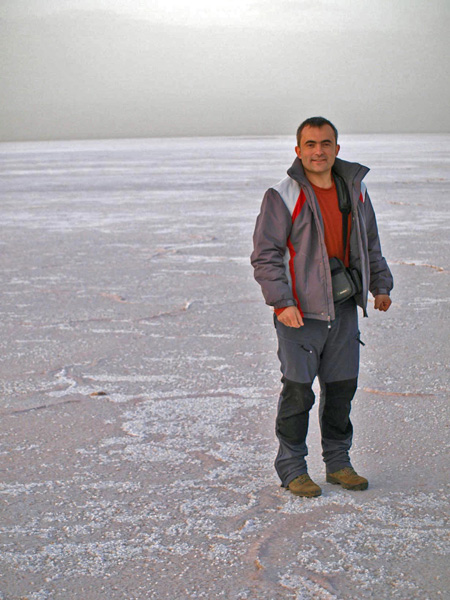
Besides, it goes instrumented with REMS (Rover Environmental Monitoring Station), an environmental station developed by the Centre of Astrobiology (INTA-CSIC) of Madrid.
Yes, is the first time that an entirely Spanish instrument, and with the main researcher Spanish, the doctor Javier Gómez-Elvira, flies to Mars.
Which will be the tasks of the robot in the red planet?
The scientific tasks will centre in the study of the surroundings marciano of Gale, a crater of more than 100 kilometres of diameter and with a characteristic that does it very interesting.
Which?
An elevation in his centre, to way of mountain, that elevates 5 kilometres. It knows that it was occupied by a lake in the past since they remain shots mineralógicos that indicate presence of water. This fact turns it into an ideal candidate from the point of view of the potential of habitabilidad. Curiosity Will study this geological surroundings in search of traces of organic matter. This robot goes instrumented with a robotic arm that allows the contact with rocks of the surroundings marciano for his study. It has the possibility to take samples to enter them in instrumental that goes situated on the robot for the research of organic matter.
And what will do REMS?
Study the environingingmental surroundings, that is to say, the temperature, the speed and the wind steering, the temperature of the floor, the dose of ultraviolet radiation that bathes the surface of the planet Mars and the environingingmental humidity. It will be the first time that measure these parameters in the surface of Mars with the precision that it is able REMS. Besides, they will allow us integrate models of calculation with which determine the potential of habitabilidad of the surface of the crater Gale.
To what refers with potential of habitabilidad? It is that it pretends live in Mars?
They affirm that the robot has the last available technology to know in depth the red planet. What expect to find in Mars?
Fundamentally, traces of presence of water at least in the past. Determine these minerals that are indicativos of the presence of water. On the other hand, the presence of organic matter is another of the scientific points that pursue with this mission and, of course, the environingingmental half characterisation of the surface using REMS.
And you thinks that there is liquid water?
Liquid water knows that yes that there was in the past and there is a big controversy between distinct authors on the possible presence of the liquid element in the present. The studies with the station REMS will be determinantes to resolve this question.
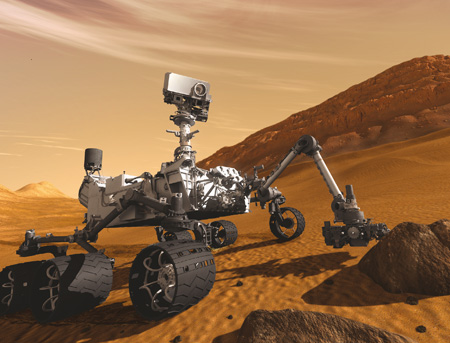
And the one of if there is or no life in Mars…
Himself. According to our experience in extreme environingingments in the planet Tierra, is necessary the presence of liquid water so that it give the apparition of the life. The results that obtain with this mission will be important to be able to begin to comprise something so difficult to define as it is this physical process-chemical that know like ‘life'. Find traces of life would suppose an unprecedented scientific advance in the history of the humanity.
In which conditions will work Curiosity?
Will work in conditions very restrictivas of pressesure, temperature and environingingmental radiation. The pressesure in the surface of Mars is of hardly 7 milibares, that is to say, several orders of inferior magnitude to the terrestrial. The temperature oscillates enormously of the day to the night and of a station to another, being able to be of 70 °C under zero until next to the 0 °C. The doses of radiations are very high: they can deteriorar material in the surface and are very harmful with the traces of life.
In what consists the instrument REMS?
Consists of two booms and a measurer of ultraviolet radiation. In the booms situate the probes that will measure the environingingmental parameters. Also it carries a central unit of communication between the probes of measurement and the computer of the Rover.
From when they work in this technology?
Has worked in this instrument during the last decade. The mission MSL was programmed for 2009, although finally it delayed for 2011. Therefore, the instrumental was already developed for this year.
Which resources have invested in her?
The human investment has been considerable. Although we, the Centre of Astrobiology (CAB, CSIC-Inta), have led the project, have had the collaboration with other institutions as with the company EADS/Crisa, the Universitat Politècnica of Catalonia, the Meteorological Institute Finn (FMI), the University of Alcalá de Henares and diverse North American institutions.
How it will take the data of the surface?
Through some sensors developed for the measurement of the environingingmental parameters. The sensor of humidity is a patent of the institute of Finnish meteorology by means of technology that applies technicians of higroscopia. In the case of the temperature uses infrared for the reading of this parameter on the surface. The sensors are exposed directly to the atmosphere marciana for the motorisation of these environingingmental half parameters.
Which type of technology incorporates?
Fundamentally, sensors of infrared, of wind and of humidity. Here I can not be very explicit by reason of patents.
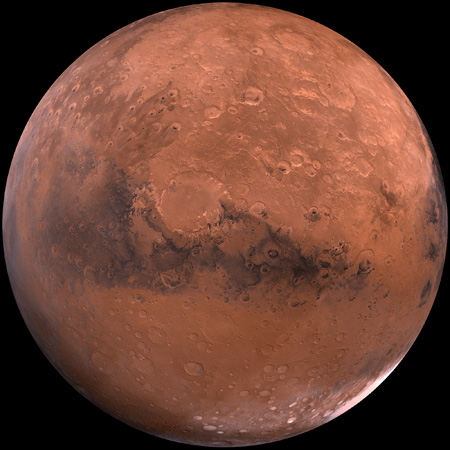
The data that collect the robot, when will receive ? How?
Will begin to receive once have posed on the surface, that is to say, the day 5 August 2012. From this moment will begin to send communications that will be collected by the stations of communication of Goldstone (California), of Canberra (Australia) and of Robledo of Chavela. Depending of the moment of the day, will receive in one of the three, that will send them directly to the Jet Propulsion Laboratory (JPL) in California.
And in this phase of collected and evaluation of data will participate you and his team?
Yes, clear. It treats no only of the development of the instrument but of a scientific collaboration with the NASA. We will be we, the Spanish scientists, those who will analyse the pertinent data of Mars.
What other applications can have REMS?
This instrument has the characteristic to be compact, without mobile parts to be able to use it in space missions, therefore, any application, also in the Earth, that require of these characteristics. Of direct form, that is to say, with his current design, in future space missions for the monitoring of this type of parameters.
Why it thinks that the NASA has had the collaboration of his centre?
The fundamental reason has been the scientific experience that treasures the Centre of Astrobiology in studies and interpretation of data astrobiológicos. The Centre of Astrobiology (CAB) is a centre associated to the NASA through the NASA Astrobiology Institute or Centre of Astrobiology of the NASA. When this centre created in the year 1998, presented a project to integrate the Spanish Centre in the NAI that, given his scientific quality, was accepted. It was the first centre out of the borders of United States integrated in the NAI.
What supposes for the investigation in our country the fact that the NASA have had our technology?
The corroboration of cost it and the quality of the Spanish science. Sometimes, we are too critical with us same and with our country and do not see this international prestige that the Spanish science possesses. Given the investment that Spain has devoted to the science in these last two decades have a technological development that it can compete internationally. I expect that this continue being like this.
The mission ‘Mars Science Laboratory' split the past 26 November 2011 from Kennedy Space Center of Cape Reedbed, in Florida (United States) on board of a rocket Atlas V. The next 5 August 2011, little more than eight months afterwards, will pose on the surface of Mars, the fourth planet of the Solar System, where will remain, at least, a year marciano, that is to say, more than what takes the red planet in giving a turn around Sol, this is, 686 terrestrial days. The project consists in carrying to Mars a robot, the Curiosity, with the aim to realise on the terrain analysis of physical type, chemist and meteorological to identify trace biological and interpret geological and climatic processes.
The place of destination chosen has been the crater Gale, of some 150 kilometres of diameter, and with a central hump of five kilometres of height. The researchers think that could have been a lake.


